
Lago de Yojoa: The Hidden Gem of Honduras
Discover Lago de Yojoa, Honduras' largest lake, a paradise for nature lovers and adventure enthusiasts with its stunning landscapes, diverse wildlife, and rich cultural heritage.
Nestled in the lush mountains of Honduras, Lago de Yojoa is a breathtaking destination that offers a unique blend of natural beauty and cultural richness. This stunning lake, the largest in Honduras, is surrounded by verdant forests and dotted with charming villages, making it a perfect haven for nature lovers and adventure seekers alike. The lake's serene waters are ideal for activities such as kayaking, fishing, and bird watching, with over 480 species of birds inhabiting the area. The nearby Santa Bárbara and Cerro Azul Meambar National Parks offer hiking trails that lead to spectacular viewpoints and waterfalls, providing visitors with an immersive experience in the heart of nature. In addition to its natural attractions, Lago de Yojoa is also home to several cultural and historical sites. The ancient ruins of the Maya city of Los Naranjos are located nearby, offering a glimpse into the region's rich past. For those interested in local cuisine, the lakeside restaurants serve up fresh fish and traditional Honduran dishes, allowing visitors to savor the flavors of the region.
Local tips in Lago de Yojoa
- Visit during the dry season (November to April) for the best weather conditions.
- Bring binoculars for bird watching; the area is home to many rare species.
- Try the local fish dishes at the lakeside restaurants for an authentic culinary experience.
- Wear comfortable hiking shoes for exploring the nearby national parks.
- Consider hiring a local guide to learn more about the area's history and natural features.
Lago de Yojoa: The Hidden Gem of Honduras
Nestled in the lush mountains of Honduras, Lago de Yojoa is a breathtaking destination that offers a unique blend of natural beauty and cultural richness. This stunning lake, the largest in Honduras, is surrounded by verdant forests and dotted with charming villages, making it a perfect haven for nature lovers and adventure seekers alike. The lake's serene waters are ideal for activities such as kayaking, fishing, and bird watching, with over 480 species of birds inhabiting the area. The nearby Santa Bárbara and Cerro Azul Meambar National Parks offer hiking trails that lead to spectacular viewpoints and waterfalls, providing visitors with an immersive experience in the heart of nature. In addition to its natural attractions, Lago de Yojoa is also home to several cultural and historical sites. The ancient ruins of the Maya city of Los Naranjos are located nearby, offering a glimpse into the region's rich past. For those interested in local cuisine, the lakeside restaurants serve up fresh fish and traditional Honduran dishes, allowing visitors to savor the flavors of the region.
When is the best time to go to Lago de Yojoa?
Iconic landmarks you can’t miss
Cataratas Pulhapanzak
Experience the breathtaking beauty of Cataratas Pulhapanzak, a stunning waterfall in Honduras perfect for adventure and relaxation amidst nature.
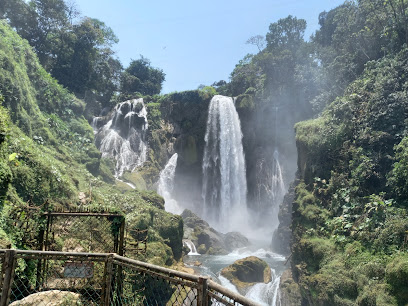
Finca Las Glorias
Discover tranquility at Finca Las Glorias, a serene lakeside hotel in Honduras perfect for nature lovers and relaxation seekers.

Panacam Lodge
Discover the beauty of nature at Panacam Lodge, a premier destination for bird watching, hiking, and kayaking in Honduras' picturesque Lago de Yojoa.
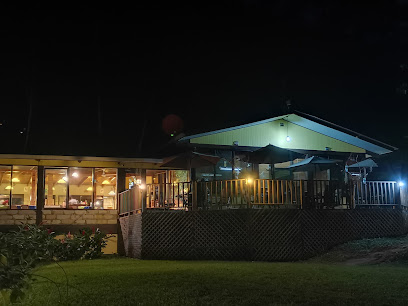
D&D Brewery, Lodge, and Restaurant
Discover relaxation and adventure at D&D Brewery, Lodge, and Restaurant, where craft beer meets authentic Central American cuisine in beautiful Peña Blanca.
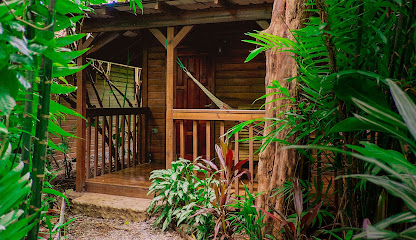
Joya Grande Zoo
Experience the beauty of wildlife at Joya Grande Zoo in Santa Cruz de Yojoa, where conservation meets adventure in a lush natural setting.
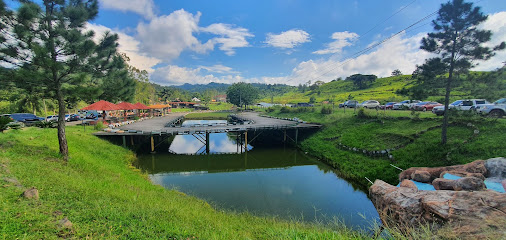
AGUALPA -Domos & Cabañas-
Discover the enchanting AGUALPA - Domos & Cabañas, a unique lakeside hotel in Peña Blanca, perfect for nature lovers and adventure seekers.
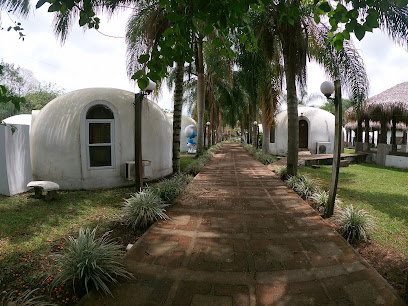
Parque Eco-Arqueológico Los Naranjos
Experience the beauty and history of Parque Eco-Arqueológico Los Naranjos, a premier ecological park and archaeological site in Honduras.
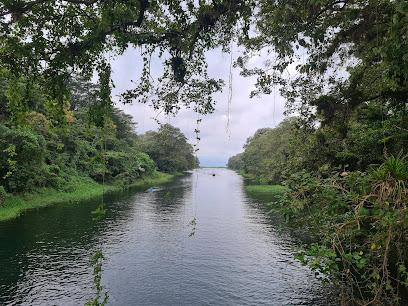
Honduyate
Experience the beauty of Lago de Yojoa at Honduyate Hotel, where comfort meets nature in a perfect getaway.

Lagolandia
Experience the tranquility of Lagolandia in Cortés, a serene hotel by the beautiful Lago de Yojoa, perfect for relaxation and adventure.
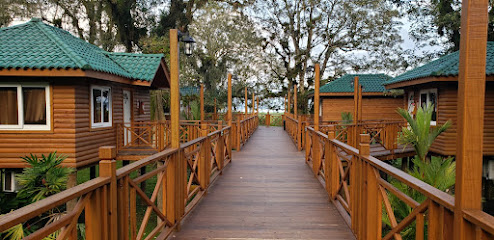
Lake Yojoa
Experience the tranquility and beauty of Lake Yojoa, the largest natural lake in Honduras, surrounded by lush mountains and vibrant wildlife.
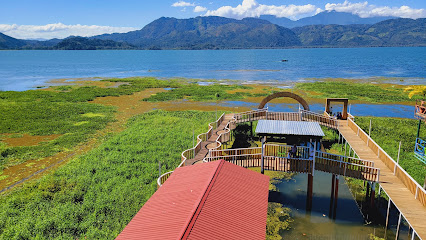
Hotel Casa Lenca
Immerse yourself in the serene beauty of La Guama at Hotel Casa Lenca, where comfort meets the stunning landscapes of Honduras.

Bioparque Paradise
Discover the beauty of Honduras at Bioparque Paradise, a unique eco-hotel and wildlife park offering unforgettable experiences in nature.
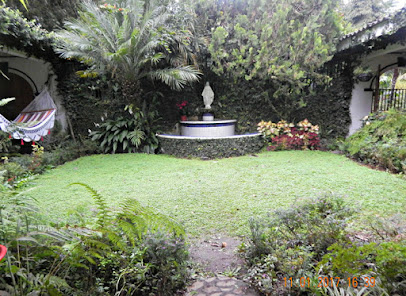
Restaurante Las Marías #1
Experience the authentic flavors of Honduras at Restaurante Las Marías #1, a charming eatery in Lago de Yojoa offering local cuisine in a vibrant atmosphere.
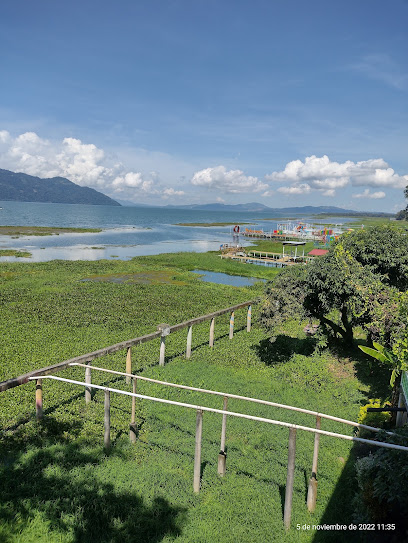
Cabo Cañaveral
Experience the ultimate day of fun at Cabo Cañaveral Water Park, where thrilling slides and relaxing pools create the perfect family outing in Cortés, Honduras.
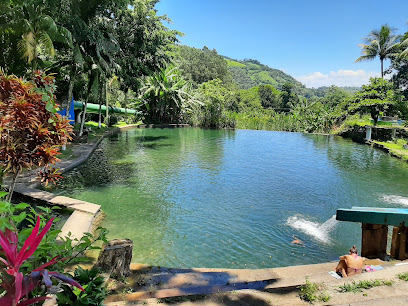
El Cortijo del Lago
Discover the serene beauty of El Cortijo del Lago in Santa Cruz de Yojoa, where nature meets vibrant local culture for an unforgettable travel experience.
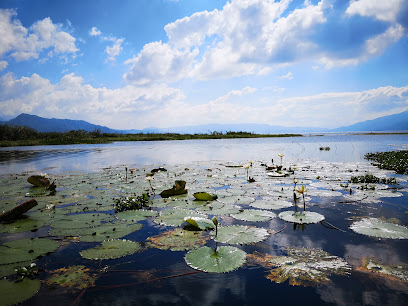
Unmissable attractions to see
Panacam Lodge
Experience the breathtaking beauty and adventure of Panacam Lodge, your gateway to nature and outdoor exploration in Honduras.

D&D Brewery, Lodge, and Restaurant
Discover the perfect blend of relaxation, craft beer, and Central American cuisine at D&D Brewery, Lodge, and Restaurant near Lago de Yojoa.
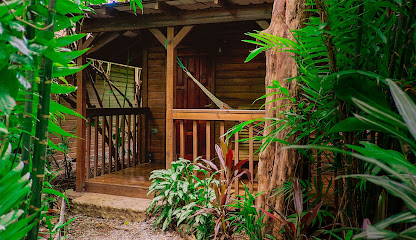
Joya Grande Zoo
Explore the enchanting Joya Grande Zoo, a top tourist attraction in Santa Cruz de Yojoa, where wildlife and conservation come to life.
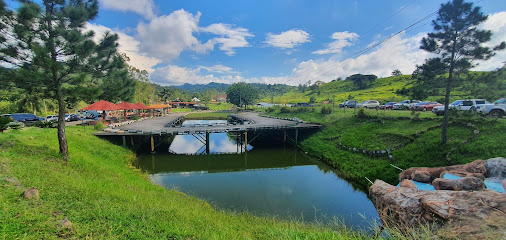
Balneario El Paraíso
Experience the serene beauty of Balneario El Paraíso, a tropical oasis with stunning pools and lush landscapes perfect for relaxation and fun.
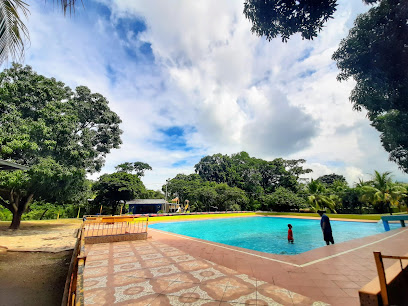
Vista del Lago de Yojoa CDL
Discover the stunning beauty of Vista del Lago de Yojoa, a serene lake destination rich in wildlife and outdoor adventures in Cortés, Honduras.
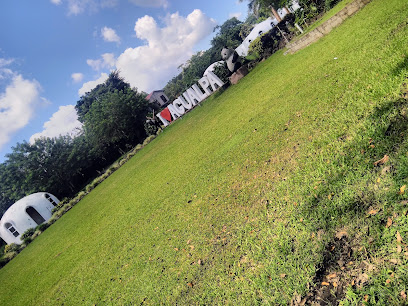
Kayak Naturaleza del Lago de Yojoa
Discover the breathtaking beauty of Kayak Naturaleza del Lago de Yojoa, where adventure meets tranquility in Honduras' largest lake.
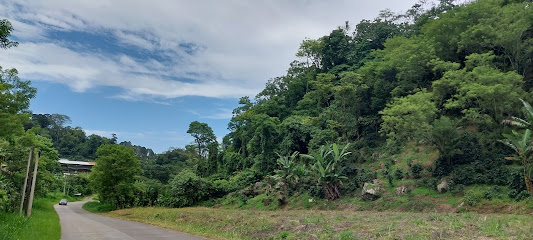
Essential places to dine
Rancho Bella Vista Lago de Yojoa
Experience delightful local cuisine with stunning views at Rancho Bella Vista Lago de Yojoa - a perfect blend of nature and gastronomy.
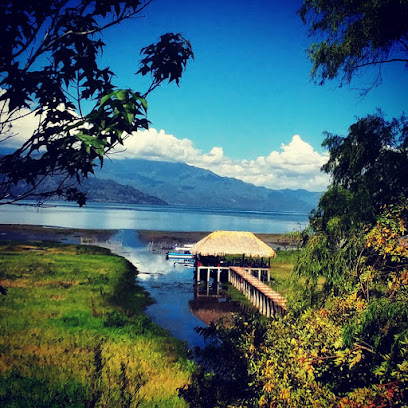
D&D Brewery, Lodge, and Restaurant
Discover D&D Brewery: Craft Beer & Central American Cuisine Amidst Nature's Beauty in Honduras.
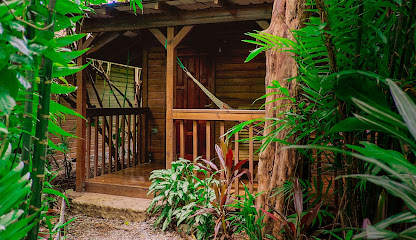
Restaurante La Naturaleza
Discover the rich flavors of Honduras at Restaurante La Naturaleza, where fresh ingredients meet stunning natural beauty.
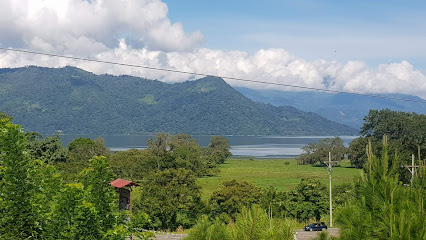
Especialidades Las Marias # 3
Savor authentic Honduran flavors at Especialidades Las Marias #3 in Sector Lago de Yojoa - A must-visit culinary destination for every traveler.
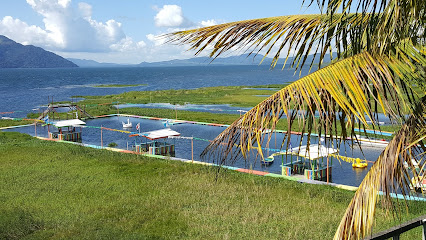
Restaurante La Panoramica
Experience exquisite local cuisine with stunning lake views at Restaurante La Panoramica in Honduras.
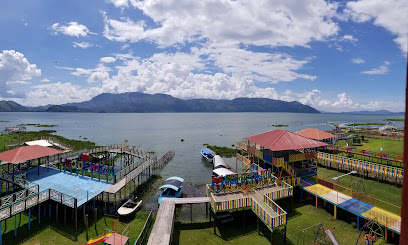
El Dorado
Experience the rich flavors of Honduras at El Dorado, a top-rated restaurant by Lago de Yojoa offering breathtaking views and delicious cuisine.
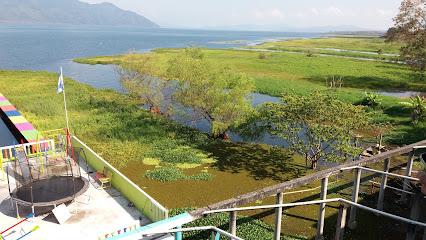
Restaurante La Mirada
Experience authentic Honduran cuisine with breathtaking views at Restaurante La Mirada near Lago de Yojoa.

Turicentro La Colina
Experience authentic Honduran cuisine at Turicentro La Colina – where every meal tells a story amidst stunning lakeside views.
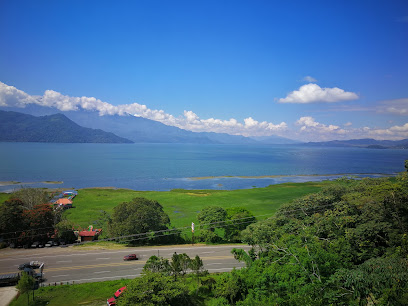
Restaurante Las Marías #1
Experience authentic Honduran cuisine with stunning views at Restaurante Las Marías #1 near Lago de Yojoa.
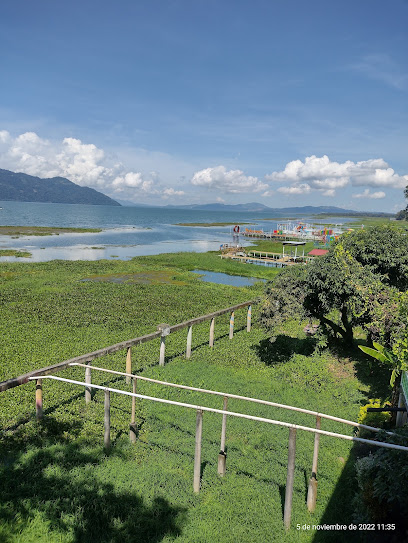
Power Fish
Discover Power Fish: A culinary delight offering fresh seafood and authentic Honduran flavors in Sector Lago de Yojoa.

Rancho Amali
Discover the authentic taste of Honduras at Rancho Amali in Sector Lago de Yojoa – where local flavors meet stunning natural beauty.
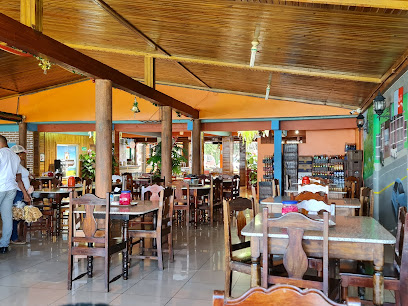
Restaurante Típicos Monte Verde
Discover authentic Honduran cuisine at Restaurante Típicos Monte Verde by Lago de Yojoa - where flavors meet stunning lakeside views.

El Mirador #2
Experience authentic Honduran cuisine at El Mirador #2 by Lago de Yojoa—where delicious food meets breathtaking views.
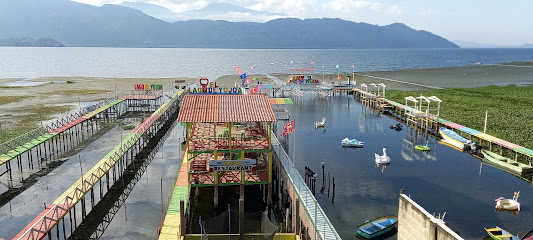
Finca Las Garzas
Discover Finca Las Garzas: A family-friendly dining haven offering authentic Honduran cuisine with breathtaking views of Lago de Yojoa.
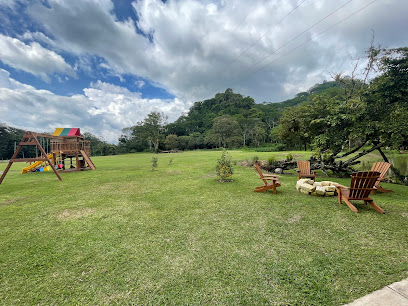
COMEDOR MAYRA
Discover authentic Honduran cuisine at Comedor Mayra in Lago de Yojoa - a culinary gem with breathtaking views.
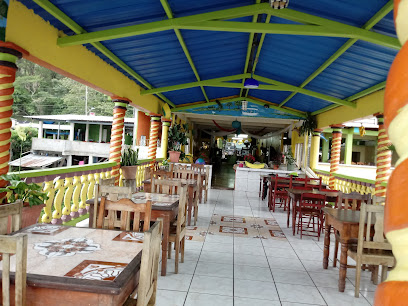
Markets, malls and hidden boutiques
Finca Las Glorias
Experience tranquility and natural beauty at Finca Las Glorias, your perfect hotel escape by Lago de Yojoa in Honduras.

D&D Brewery, Lodge, and Restaurant
Discover the perfect blend of nature, relaxation, and craft beer at D&D Brewery, Lodge, and Restaurant in beautiful Cortés, Honduras.
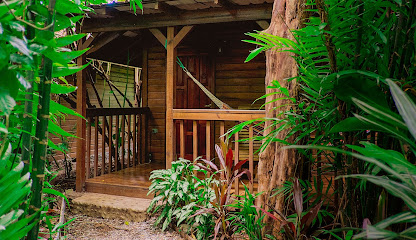
Joya Grande Zoo
Experience the vibrant wildlife and stunning landscapes at Joya Grande Zoo, a top tourist attraction in Santa Cruz de Yojoa.

Honduyate
Explore the beauty of Lago de Yojoa with a serene stay at Honduyate, where comfort meets nature in the heart of Honduras.

Hotel Casa Lenca
Discover comfort and local charm at Hotel Casa Lenca, your gateway to the enchanting Cortés region of Honduras.

Bioparque Paradise
Experience the beauty of nature and luxury at Bioparque Paradise, an eco-friendly hotel in the heart of Los Naranjos, Honduras.

IVO's Café
Experience the rich flavors and cozy ambiance at IVO's Café, a top coffee destination in Los Naranjos, Cortés.
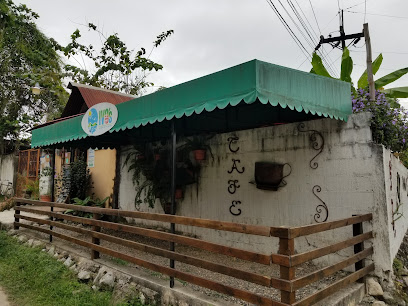
Kayak Rental
Experience the serene beauty of Lago Yojoa with kayak rentals, perfect for adventurers and nature lovers in Honduras.
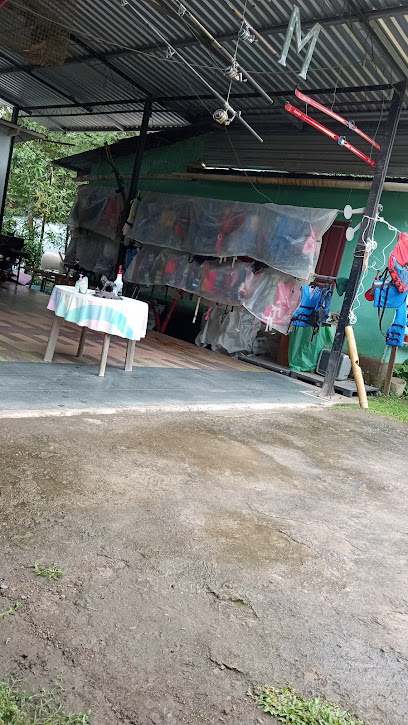
Los Naranjos Kayak La Joya del Lago
Experience kayaking like never before at Los Naranjos Kayak - explore the stunning shores of Lago de Yojoa amidst lush landscapes and vibrant wildlife.
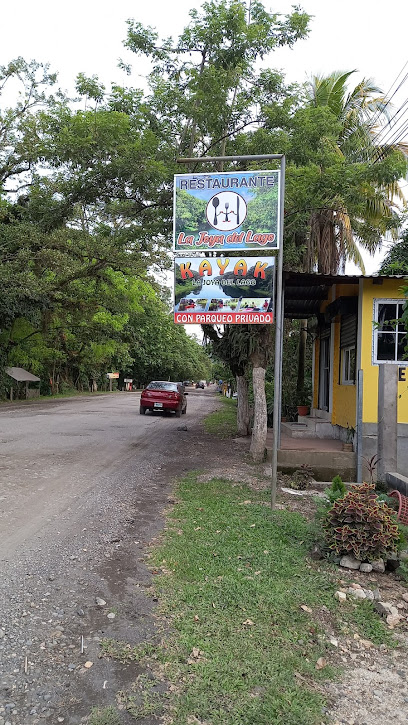
Souvenir Lago De Yojoa
Discover the essence of Honduras at Souvenir Lago De Yojoa, where local crafts and cultural treasures await every traveler.

Jardines Martin
Explore the serene beauty of Jardines Martin, a premier garden center in Bagope, where vibrant plant life meets tranquility.
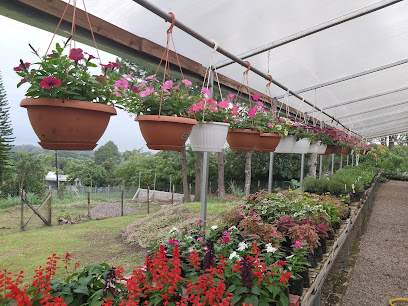
Maria's Coffee
Experience the rich flavors and scenic views at Maria's Coffee by Lago De Yojoa, a perfect spot for coffee lovers and nature enthusiasts.
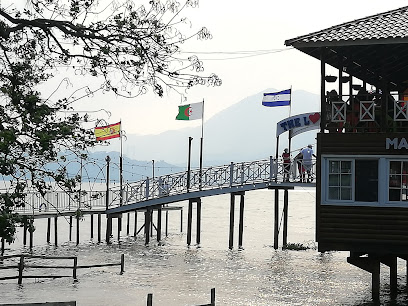
Tajadera Mi Rancho
Explore local flavors at Tajadera Mi Rancho, your charming grocery store in Las Vegas, Santa Bárbara, offering fresh produce and unique snacks.
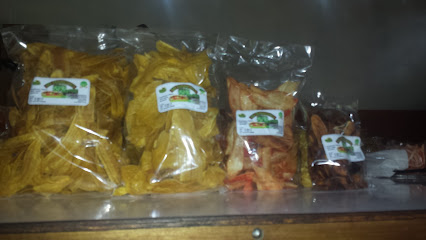
Lake Yojoa Tattoo
Discover the artistry of Lake Yojoa Tattoo in Santa Cruz, where skilled artists bring your unique tattoo ideas to life amidst breathtaking natural beauty.
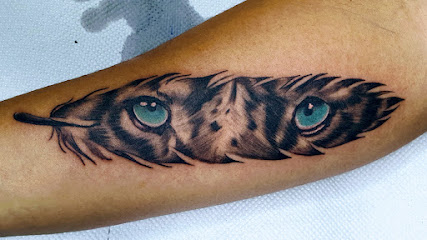
Pulperia Sonia
Explore the vibrant flavors of Honduras at Pulperia Sonia, a local supermarket in Santa Cruz de Yojoa, offering fresh produce and authentic culinary experiences.
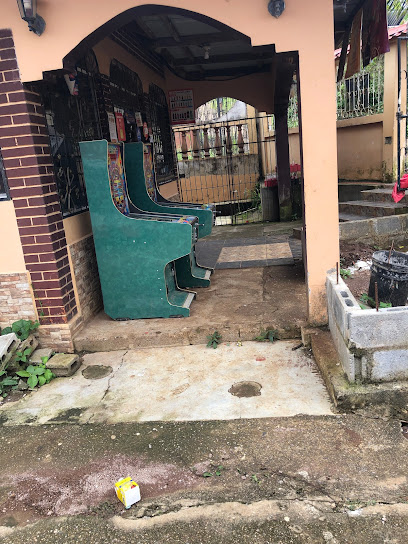
Essential bars & hidden hideouts
Rancho Bella Vista Lago de Yojoa
Experience delicious dining at Rancho Bella Vista Lago de Yojoa, where stunning lake views meet delightful Honduran cuisine.

D&D Brewery, Lodge, and Restaurant
Experience the fusion of craft beer, Central American cuisine, and serene lodge accommodations at D&D Brewery, Lodge, and Restaurant near Lago de Yojoa.
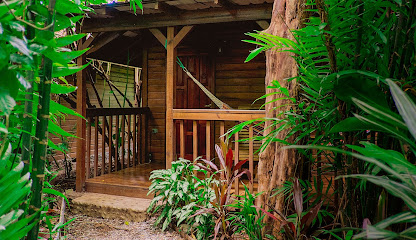
Especialidades Las Marias # 3
Experience authentic Honduran cuisine at Especialidades Las Marias #3, a must-visit restaurant in Sector Lago de Yojoa for food enthusiasts and travelers alike.
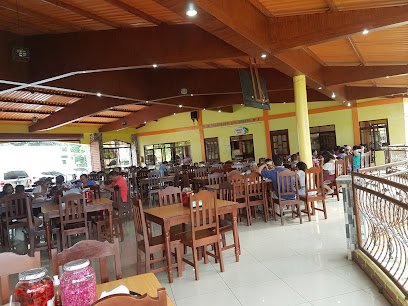
El Dorado
Discover the flavors of Honduras at El Dorado, a charming restaurant by Lago de Yojoa, where every meal is a celebration of local culinary traditions.
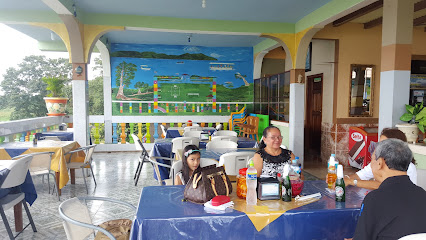
Restaurante La Mirada
Discover the flavors of Honduras at Restaurante La Mirada, where local cuisine meets stunning lakeside views in Cortés.
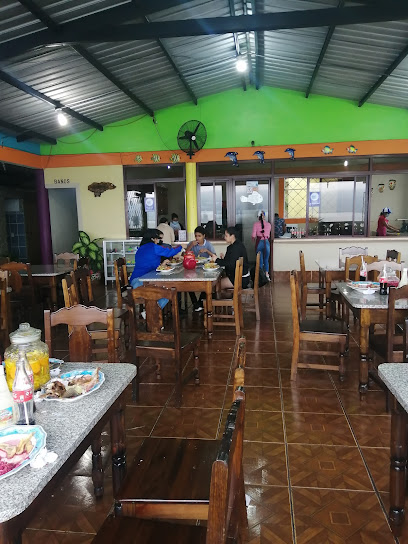
Turicentro La Colina
Discover the authentic tastes of Honduras at Turicentro La Colina, a culinary gem by Lago de Yojoa that promises unforgettable flavors and stunning views.
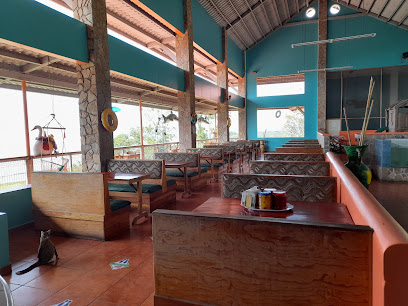
El Mirador #2
Experience the best of Honduran cuisine at El Mirador #2, where stunning lake views meet delicious flavors in Cortés.

Restaurante Lago Lindo
Experience the authentic flavors of Honduras at Restaurante Lago Lindo, where culinary art meets stunning lakeside views.
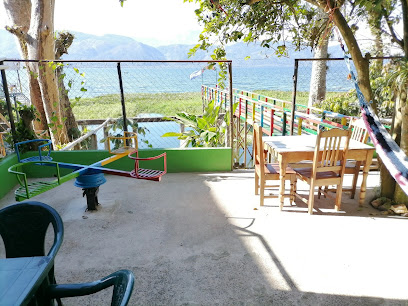
Atenciones Graciela #2
Experience authentic Honduran cuisine at Atenciones Graciela #2, a cozy restaurant in Sector Lago de Yojoa, perfect for food lovers and nature enthusiasts.
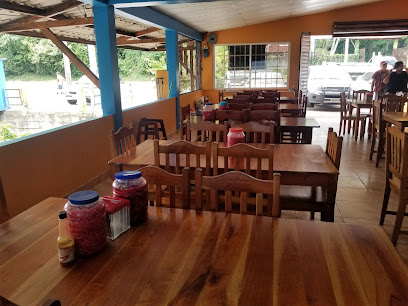
The Black Bass
Experience the delightful flavors of Honduras at The Black Bass, where every meal is a celebration of fresh, local ingredients amidst stunning views.
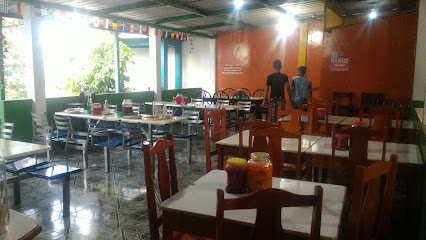
Kota - Restaurante, Café, Bar
Experience vibrant nightlife and local flavors at Kota - the premier bar in Sector Lago de Yojoa, Cortés.
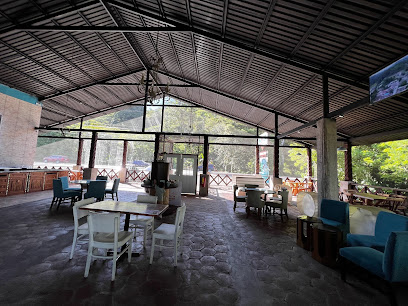
Miko's Hill
Discover the culinary delights of Honduras at Miko's Hill, where local flavors meet stunning views in the heart of Cortés.
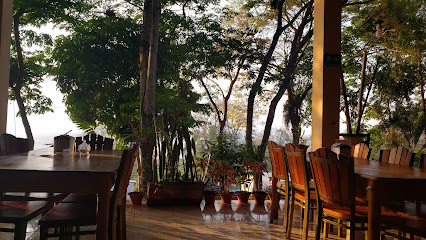
Laguna Azul
Discover the flavors of Honduras at Laguna Azul, a lakeside restaurant in Cortés offering delicious local dishes and breathtaking views of Lago de Yojoa.

El Arcoiris Del Lago
Experience the flavors of Honduras at El Arcoiris Del Lago, where stunning lake views meet vibrant local cuisine.
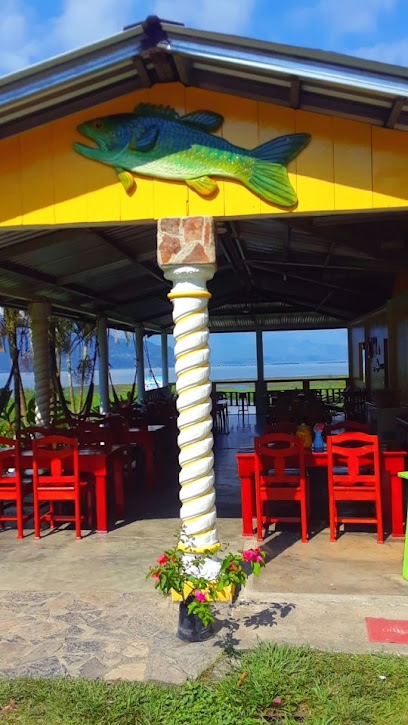
Atenciones Lizeth
Discover the flavors of Sector Lago de Yojoa at Atenciones Lizeth, where local cuisine meets stunning lakeside views for an unforgettable dining experience.
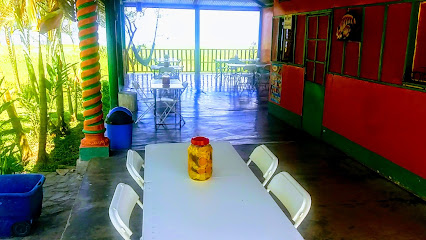
Local Phrases about Lago de Yojoa
-
- HelloHola
[oh-lah] - GoodbyeAdiós
[ah-dee-ohs] - YesSí
[see] - NoNo
[noh] - Please/You're welcomePor favor/De nada
[por fah-vor/deh nah-dah] - Thank youGracias
[grah-see-ahs] - Excuse me/SorryPerdón
[pair-dohn] - How are you?¿Cómo estás?
[koh-moh ehs-tahs] - Fine. And you?Bien. ¿Y tú?
[bee-ehn. ee too] - Do you speak English?¿Hablas inglés?
[ah-blahs een-glehs] - I don't understandNo entiendo
[noh ehn-tee-ehn-doh]
- HelloHola
-
- I'd like to see the menu, pleaseMe gustaría ver el menú, por favor
[meh goo-stah-ree-ah vehr ehl meh-noo, por fah-vor] - I don't eat meatNo como carne
[noh koh-moh kahr-neh] - Cheers!¡Salud!
[sah-lood] - I would like to pay, pleaseMe gustaría pagar, por favor
[meh goo-stah-ree-ah pah-gahr, por fah-vor]
- I'd like to see the menu, pleaseMe gustaría ver el menú, por favor
-
- Help!¡Ayuda!
[ah-yoo-dah] - Go away!¡Vete!
[veh-teh] - Call the Police!¡Llama a la policía!
[yah-mah ah lah poh-lee-see-ah] - Call a doctor!¡Llama a un doctor!
[yah-mah ah oon dohk-tohr] - I'm lostEstoy perdido
[ehs-toy pair-dee-doh] - I'm illEstoy enfermo
[ehs-toy ehn-fehr-moh]
- Help!¡Ayuda!
-
- I'd like to buy...Me gustaría comprar...
[meh goo-stah-ree-ah kohm-prahr] - I'm just lookingSolo estoy mirando
[soh-loh ehs-toy mee-rahn-doh] - How much is it?¿Cuánto cuesta?
[kwan-toh kwehs-tah] - That's too expensiveEso es demasiado caro
[eh-so ehs deh-mah-see-ah-doh kah-roh] - Can you lower the price?¿Puedes bajar el precio?
[pweh-dehs bah-hahr ehl preh-see-oh]
- I'd like to buy...Me gustaría comprar...
-
- What time is it?¿Qué hora es?
[keh oh-rah ehs] - It's one o'clockEs la una
[ehs lah oo-nah] - Half past (10)Media (10)
[meh-dee-ah (dheez)] - MorningMañana
[mah-nyah-nah] - AfternoonTarde
[tahr-deh] - EveningNoche
[noh-cheh] - YesterdayAyer
[ah-yehr] - TodayHoy
[oy] - TomorrowMañana
[mah-nyah-nah] - 1Uno
[oo-noh] - 2Dos
[dohs] - 3Tres
[trehs] - 4Cuatro
[kwah-troh] - 5Cinco
[seen-koh] - 6Seis
[seys] - 7Siete
[syeh-teh] - 8Ocho
[oh-choh] - 9Nueve
[nweh-veh] - 10Diez
[dee-ehs]
- What time is it?¿Qué hora es?
-
- Where's a/the...?¿Dónde está...?
[dohn-deh ehs-tah] - What's the address?¿Cuál es la dirección?
[kwahl ehs lah dee-rehk-syohn] - Can you show me (on the map)?¿Puedes mostrarme (en el mapa)?
[pweh-dehs mohs-trar-meh (ehn ehl mah-pah)] - When's the next (bus)?¿Cuándo es el próximo (autobús)?
[kwan-doh ehs ehl proh-ksee-moh (ow-toh-boos)] - A ticket (to ....)Un boleto (a ....)
[oon boh-leh-toh (ah)]
- Where's a/the...?¿Dónde está...?
History of Lago de Yojoa
-
Lago de Yojoa and its surrounding areas were inhabited by several indigenous groups long before the arrival of the Spanish. The Lenca people, in particular, are believed to have settled in the region, utilizing the lake's resources for fishing, agriculture, and daily sustenance. Archaeological evidence, such as pottery and tools, suggests that the lake has been a vital part of local life for thousands of years.
-
During the 16th century, Spanish explorers arrived in Honduras, bringing significant changes to the region. Lago de Yojoa was noted by Spanish chroniclers for its beauty and resources. The Spanish established settlements in the area, exploiting the fertile lands for agriculture and introducing new crops. The lake and its surroundings became part of the broader Spanish colonial territory, influencing local culture and economy.
-
One of the notable historical events in the Lago de Yojoa region was the Battle of Trinidad in 1919. This conflict was part of a larger struggle for political control in Honduras. Rebel forces, led by General Gregorio Ferrera, clashed with government troops near the lake, significantly impacting the political landscape of the country. The battle underscored the strategic importance of the region.
-
In the mid-20th century, Lago de Yojoa began to attract attention as a prime destination for tourists. The natural beauty of the lake, coupled with its rich biodiversity, started to draw visitors from around the world. Efforts were made to develop infrastructure to support tourism, including the establishment of hotels, restaurants, and recreational facilities. This period marked the beginning of Lago de Yojoa's transformation into a key tourist attraction in Honduras.
-
In recent decades, there has been a growing awareness of the need to preserve Lago de Yojoa's unique ecosystem. Various conservation initiatives have been launched to protect the lake's water quality and the surrounding habitats. These efforts include regulations on fishing, pollution control measures, and the promotion of sustainable tourism practices. Conservationists and local communities continue to work together to ensure the lake remains a pristine natural resource for future generations.
Lago de Yojoa Essentials
-
Lago de Yojoa is located in the heart of Honduras, approximately halfway between the cities of Tegucigalpa and San Pedro Sula. The closest international airports are Toncontín International Airport (TGU) in Tegucigalpa and Ramón Villeda Morales International Airport (SAP) in San Pedro Sula. From either airport, you can rent a car, take a bus, or hire a private shuttle to reach the lake. The drive typically takes around 2.5 to 3 hours from either city, offering scenic views of the Honduran countryside.
-
Once you arrive at Lago de Yojoa, local transportation options include taxis, tuk-tuks, and rental cars. Tuk-tuks are a popular and inexpensive way to get around the area, especially for short distances. For exploring the region more extensively, renting a car can be a convenient option. Public buses also connect the lake to nearby towns and cities, but schedules can be irregular. Biking is another great way to explore the area, and many local businesses offer bike rentals.
-
The official currency of Honduras is the Honduran Lempira (HNL). While some hotels, restaurants, and larger establishments accept credit cards, it is advisable to carry cash, especially for smaller vendors and rural areas. ATMs are available in nearby towns such as Peña Blanca, but it's recommended to withdraw enough cash before heading to more remote areas around the lake.
-
Lago de Yojoa is generally considered a safe destination for tourists, but it is important to remain vigilant and take standard precautions. Avoid walking alone at night, especially in less populated areas. Keep an eye on your belongings in crowded places and be cautious of pickpockets. While the lake area itself is relatively safe, it is advisable to avoid certain high-crime neighborhoods in nearby cities such as San Pedro Sula and Tegucigalpa, which have higher crime rates targeting tourists.
-
In case of emergency, dial 911 for immediate assistance. There are medical facilities and clinics in nearby towns such as Peña Blanca for non-critical health issues. It is recommended to have travel insurance that covers medical emergencies. For minor health concerns, local pharmacies are available where you can purchase over-the-counter medications.
-
Fashion: Do dress modestly, especially when visiting local communities and religious sites. Avoid wearing overly revealing clothing. Religion: Do respect local customs and traditions. When visiting churches, dress conservatively and remain quiet. Public Transport: Do be respectful and courteous. Don't eat or drink on public transport. Greetings: Do greet people with a friendly 'Hola' or 'Buenos días.' A handshake is also common. Eating & Drinking: Do try local dishes and accept food offerings graciously. Don't refuse hospitality, as it is considered impolite.
-
To experience Lago de Yojoa like a local, visit the local markets where you can buy fresh produce and traditional Honduran goods. Engage with locals, who are often friendly and willing to share stories about the area. Don't miss visiting the nearby Pulhapanzak Waterfall and the Los Naranjos Archaeological Park for a blend of natural beauty and historical significance. For a unique experience, take a boat tour of the lake and enjoy bird watching, as the area is home to a diverse range of bird species.
Trending Landmarks in Lago de Yojoa
Nearby Cities to Lago de Yojoa
-
Things To Do in Gracias
-
Things To Do in Santa Rosa de Copán
-
Things To Do in Puerto Cortés
-
Things To Do in Puerto Barrios
-
Things To Do in Copán Ruinas
-
Things To Do in Tegucigalpa
-
Things To Do in Livingston
-
Things To Do in Rio Dulce
-
Things To Do in Suchitoto
-
Things To Do in San Miguel
-
Things To Do in La Ceiba
-
Things To Do in Punta Gorda
-
Things To Do in Utila
-
Things To Do in San Salvador
-
Things To Do in Placencia






